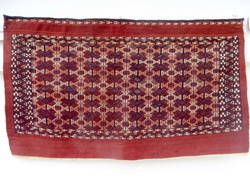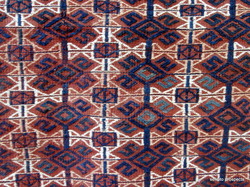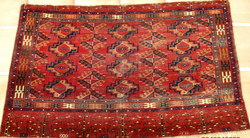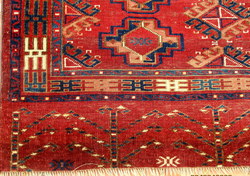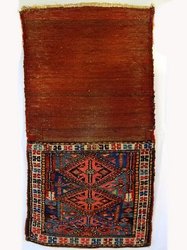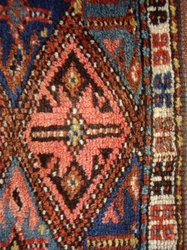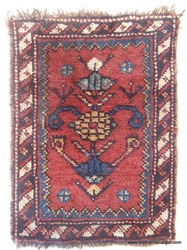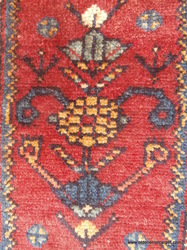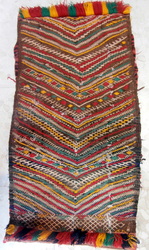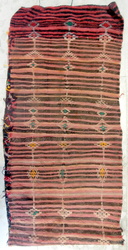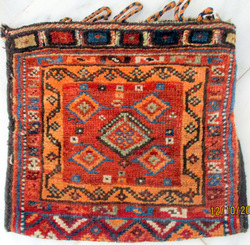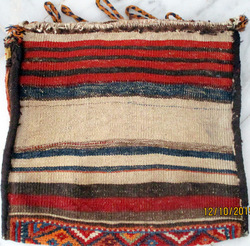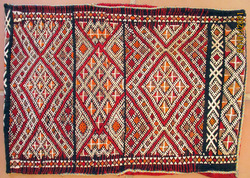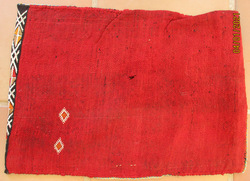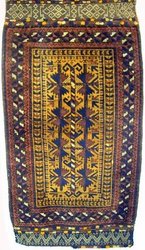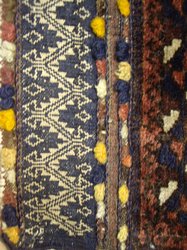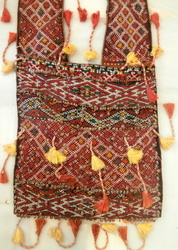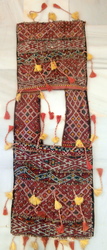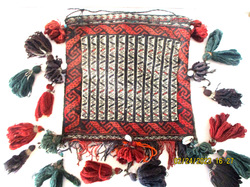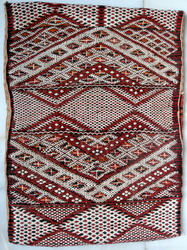TRIBAL BAGS, ETC. 2.
TRIBAL BAGS, ETC. 2.
TRIBAL BAGS and trappings are probably the most unspoiled, genuine, weavings of many tribal and pastoral groups throughout Central Asia and North Africa.
They are woven in many shapes and sizes and fulfill the storage function needed in tents and huts. Small ones are for jewelry and precious personal items, also salt, spices, dried fruits, mirrors and cosmetics. Medium sizes are pillows at night and cushions by day and are also used to store food, tools, clothing and household items. There are even very large sacks for the storage of grain and textiles when not in use. These double as beds for children.
Most bags are woven using only local wools, goat and sometimes camel hair. Embellishments, both superstitious and religious, are frequent. Durable goat hair is used for closing loops and for selvedges.
